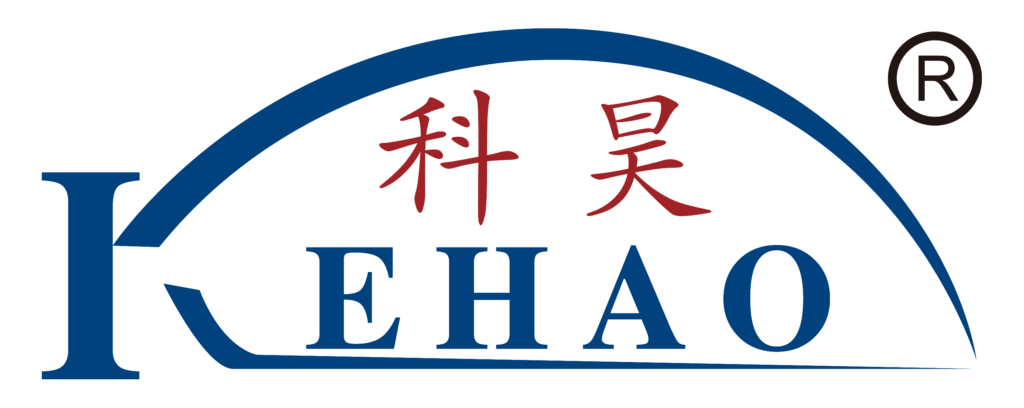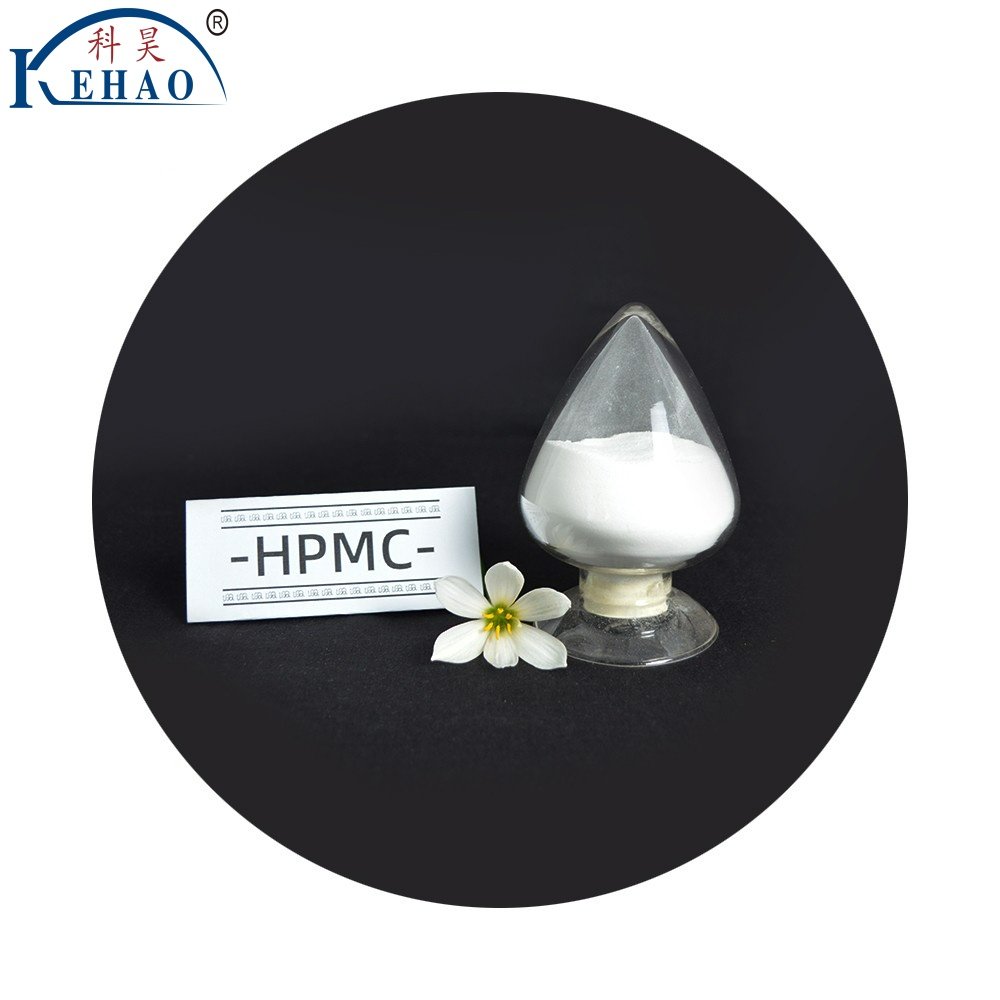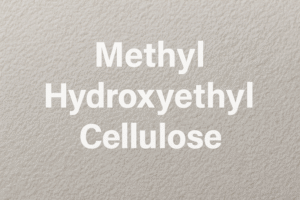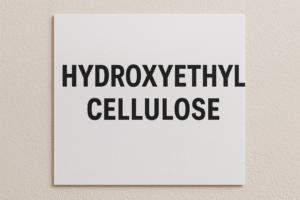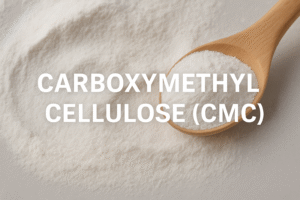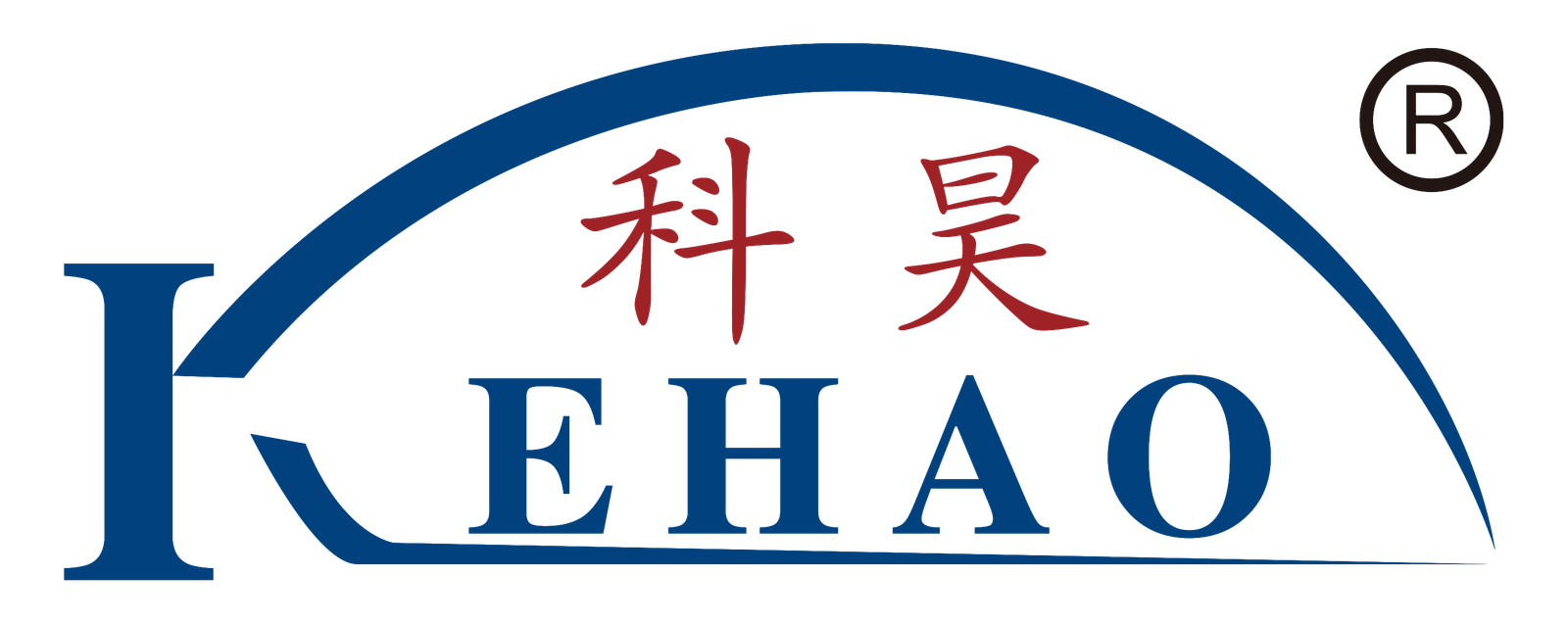We often get confused about what goes into the making of hydroxypropyl methylcellulose (HPMC)1. This critical construction material seems mysterious, yet understanding its raw materials can help you make better procurement decisions and avoid quality issues.
HPMC is primarily made from natural cellulose fiber, typically sourced from cotton linters or wood pulp. This cellulose undergoes chemical modification with propylene oxide and methyl chloride to create HPMC, a water-soluble polymer used extensively in construction materials.
As a factory with 6 production lines, I've seen firsthand how raw material quality directly impacts the performance of the final HPMC product. Let me walk you through everything you need to know about HPMC's origins and manufacturing process.
What is HPMC made from?
Many distributors struggle with inconsistent HPMC quality because they don't know what to look for in the base materials. Poor raw materials lead to unstable performance in mortars and paints, causing expensive project delays.
HPMC is made from cellulose, which is extracted primarily from wood pulp or cotton linters. The quality of this natural cellulose directly impacts the final HPMC product's performance. Higher-purity cellulose yields more consistent HPMC with better water retention and workability properties.
The source of cellulose matters significantly in HPMC production. In our factory, we carefully select our cellulose sources based on several quality factors:
Cellulose Source Comparison for HPMC Production
| Source Type | Purity Level | Benefits | Challenges |
|---|---|---|---|
| Cotton Linters | Very High (95-99%) | Higher molecular weight, excellent viscosity stability | More expensive, limited availability |
| Softwood Pulp | High (90-95%) | Good balance of properties, cost-effective | Requires more purification |
| Hardwood Pulp | Medium (85-90%) | More readily available | More impurities to remove |
The raw material selection process is crucial because it determines many of the end properties of HPMC. During my visits to construction sites in Saudi Arabia and UAE, I've seen firsthand how HPMC made from higher-quality cellulose sources performs better in extreme weather conditions, maintaining consistent workability even in high temperatures that would cause lower-quality products to fail.
I remember one project in Riyadh where the customer switched from a competitor's HPMC (made with lower-grade cellulose) to our product. The difference was immediate – wall putty application became smoother, with significantly less cracking during the curing process.
How is HPMC manufactured?
When mortar manufacturers don't understand the HPMC production process, they often make poor purchasing decisions based solely on price. This leads to application problems and product failures that cost far more than premium HPMC would have.
HPMC is manufactured through a multi-step chemical process. First, purified cellulose is treated with sodium hydroxide (alkalization), then reacted with methyl chloride (etherification) and propylene oxide to introduce methoxy and hydroxypropyl groups. This creates the water-soluble polymer with the desired properties.
 "HPMC production line showing etherification process")
"HPMC production line showing etherification process")
The manufacturing process of HPMC involves several critical stages that each contribute to the final product quality:
Key Manufacturing Stages of HPMC
- Cellulose Preparation
- Raw cellulose is purified to remove lignin, hemicellulose, and other impurities
- The cellulose is mechanically treated to increase surface area and reactivity
- This stage is crucial for determining the final product's purity
- Alkalization
- The cellulose is treated with sodium hydroxide (NaOH)
- This breaks hydrogen bonds in the cellulose structure
- Creates reactive sites for subsequent chemical modifications
- Etherification
- The activated cellulose reacts with methyl chloride to add methoxy groups
- Propylene oxide is added to introduce hydroxypropyl groups
- The ratio and distribution of these groups determine HPMC's properties
- Purification and Finishing
- The crude HPMC is washed to remove byproducts and unreacted materials
- Drying and milling create the final powder form
- Quality control testing ensures consistent properties
In our factory, we've optimized each of these steps through years of experience. I've personally supervised the implementation of enhanced reaction control systems that maintain precise temperature and pressure conditions during etherification.
This has allowed us to achieve more consistent substitution patterns in our HPMC, which translates to better performance stability for our customers' construction products.
What is the natural source of hydroxypropyl methylcellulose2?
Construction material suppliers often overlook the importance of the natural source behind HPMC. This knowledge gap leads to poor material selection and inconsistent performance in different climate conditions.
The natural source of hydroxypropyl methylcellulose is plant cellulose, primarily extracted from trees (wood pulp) or cotton plants (cotton linters). This natural cellulose provides the polymer backbone that gives HPMC its fundamental structure, though the final product contains chemical modifications.

The journey from natural plant material to finished HPMC3 is fascinating and complex. As someone who has been in the HPMC industry for years, I've developed a deep appreciation for how nature and chemistry combine to create this versatile building material.
Natural Sources of Cellulose for HPMC Production
Wood Sources
Wood is the most common commercial source of cellulose for HPMC production. Different types of trees provide varying qualities of cellulose:
-
Softwood Trees (Pine, Spruce, Fir)
These provide longer cellulose fibers, which can yield HPMC with higher viscosity and better water retention. -
Hardwood Trees (Eucalyptus, Birch, Aspen)
These typically contain shorter cellulose fibers, sometimes resulting in HPMC with different flow properties.
The cellulose content of wood typically ranges from 40-50% by weight, with the remaining portions consisting of lignin, hemicellulose, and other compounds that must be removed during processing.
Cotton Sources
Cotton linters (the short fibers adhering to cotton seeds after the longer fibers have been removed for textile production) are another excellent source of cellulose, containing up to 95% pure cellulose. This higher purity means less processing is required, potentially resulting in a more consistent HPMC product.
Through my visits to our raw material suppliers, I've gained insights into how sustainable forestry practices are increasingly important for the HPMC industry. Many of our customers now specifically request HPMC made from responsibly sourced wood pulp, especially those supplying to green building projects in developing markets.
What is HPMC building material?
Project managers often misunderstand HPMC's role in construction materials. This confusion leads to improper specifications and disappointing performance in the finished building.
HPMC3 building material is a cellulose ether that functions as a key additive in construction products. It serves as a water-retention agent, thickener, binder, and rheology modifier in mortars, grouts, tile adhesives, renders, and paints, typically comprising 0.2-2% of the final formulation.
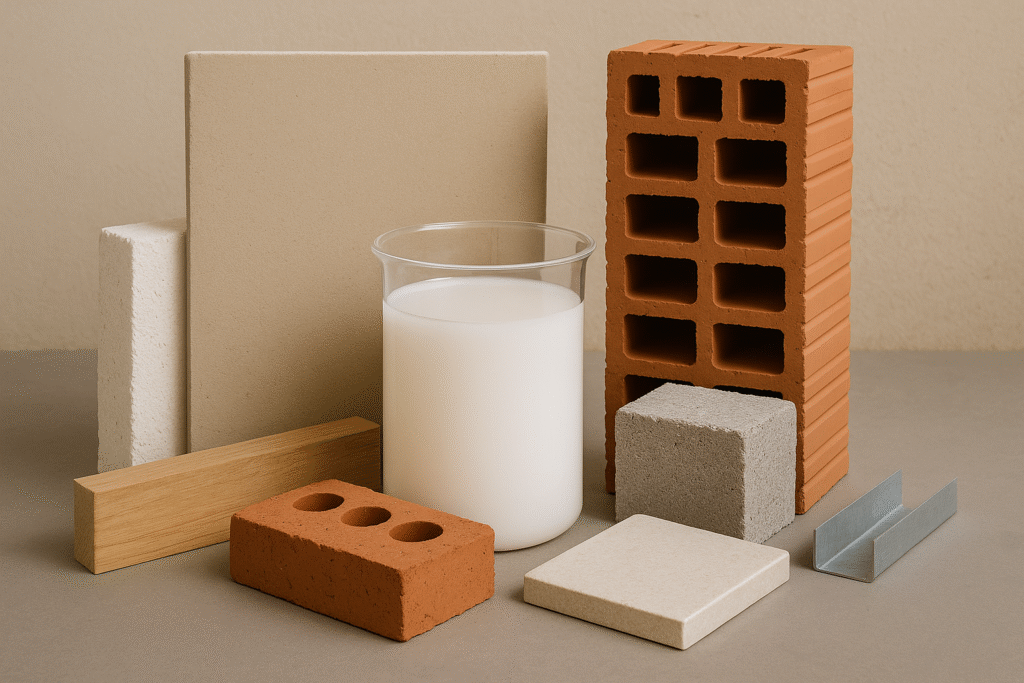
In the construction world, HPMC4 is truly a multifunctional wonder. Despite being used in small percentages, it dramatically affects how building materials perform.
Let me explain the critical roles HPMC plays across different construction applications:
HPMC Functions in Different Building Materials
| Application | HPMC Dosage | Primary Functions | Benefits |
|---|---|---|---|
| Tile Adhesives | 0.3-0.5% | Water retention, improved adhesion | Extended open time, reduced slippage, better bonding |
| Renders/Plasters | 0.1-0.3% | Workability improvement, water retention | Smoother application, reduced cracking, better hydration |
| Self-leveling Compounds | 0.2-0.4% | Rheology control, water retention | Improved flow, elimination of air bubbles, consistent setting |
| Gypsum Products | 0.1-0.2% | Binding, water retention | Better workability, reduced water separation |
| Exterior Insulation Systems | 0.3-0.6% | Thickening, improved adhesion | Better adhesion to insulation boards, easier application |
| Joint Compounds | 0.4-0.8% | Thickening, improved workability | Smoother finish, easier sanding, reduced shrinkage |
The viscosity grade of HPMC is crucial to its performance in each application. In our product range, we offer HPMC4 with viscosities from 5,000 to 200,000 mPa·s to meet different needs. For example, lower viscosity grades (15,000-30,000 mPa·s) work best in self-leveling compounds, while higher viscosity grades (60,000-100,000 mPa·s) excel in thick-bed tile adhesives.
I recently consulted with a large mortar manufacturer in Pakistan who was experiencing inconsistent setting times in their exterior render. By analyzing their formula and testing different HPMC grades, we discovered they needed a more precisely tailored methoxyl content to match their local cement characteristics.
After switching to our customized HPMC, their production consistency improved dramatically.
Conclusion
HPMC starts as natural cellulose from wood or cotton, undergoes chemical modification, and becomes a versatile construction additive. Understanding its origins helps you select the right HPMC product for your specific building material needs.
-
Explore this link to understand HPMC's diverse applications and benefits in construction, enhancing your procurement decisions. ↩
-
Explore this link to understand the diverse applications of hydroxypropyl methylcellulose in various industries, enhancing your knowledge of its benefits. ↩
-
Understanding HPMC's role in construction can enhance project specifications and performance. Explore this link for detailed insights. ↩ ↩
-
Explore this link to understand how HPMC enhances construction materials, improving performance and efficiency. ↩ ↩
